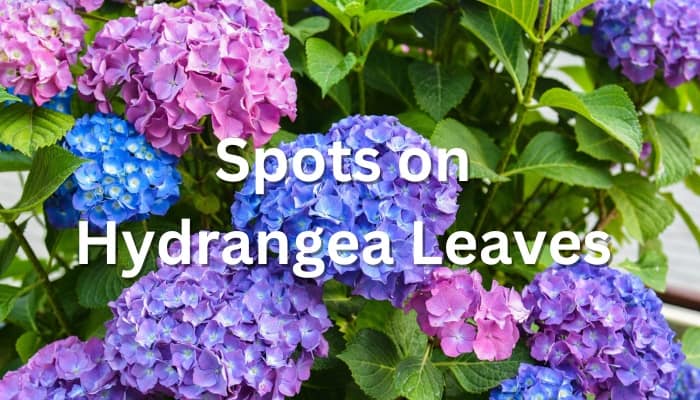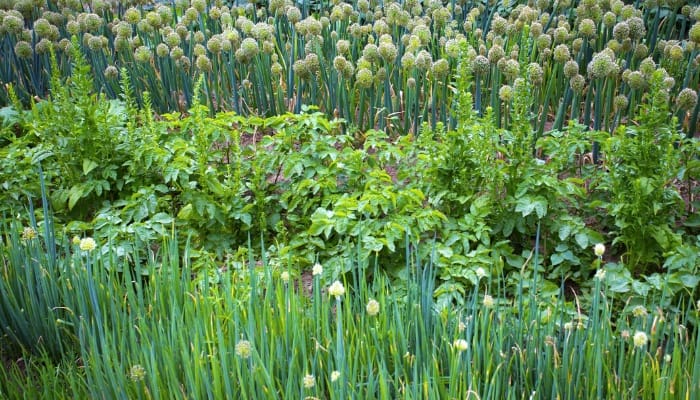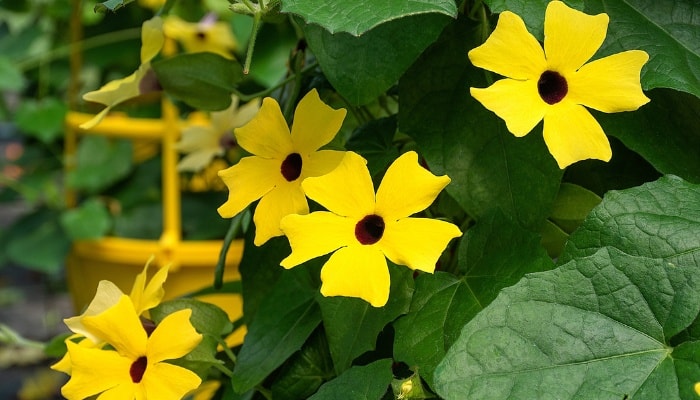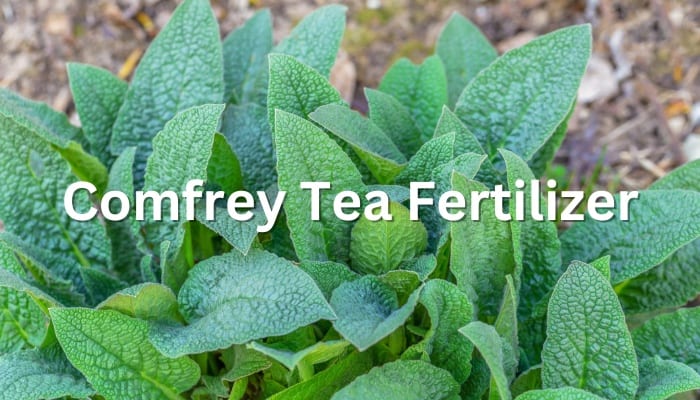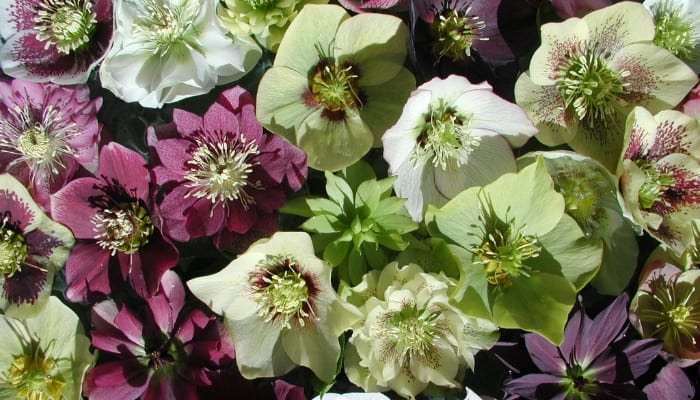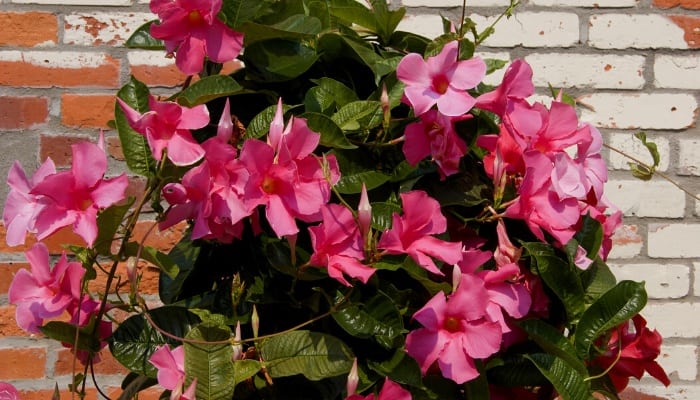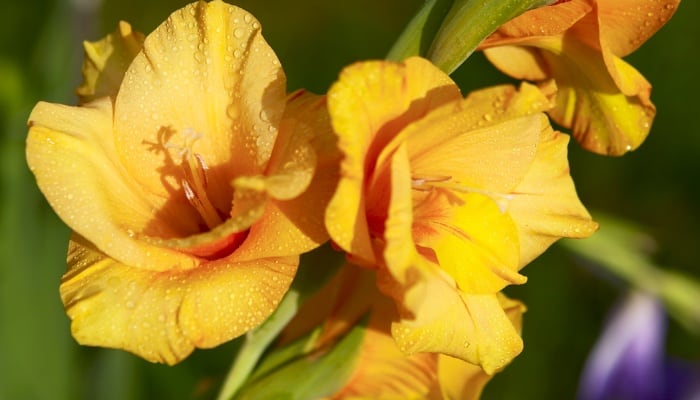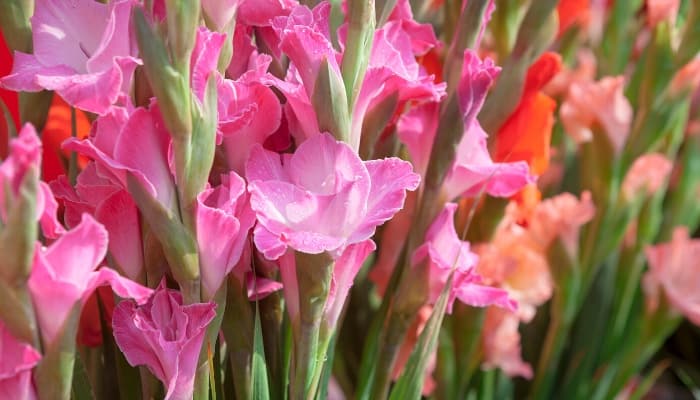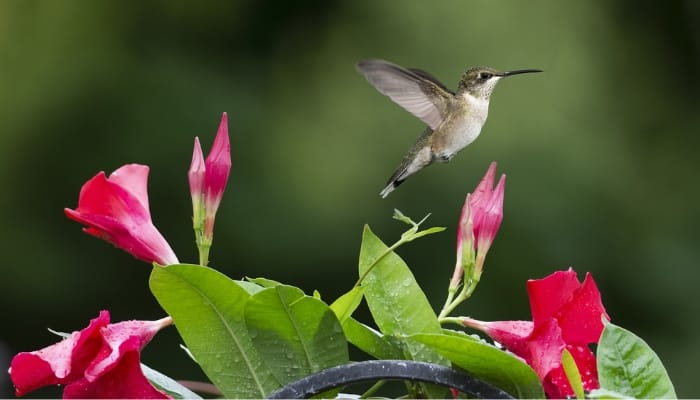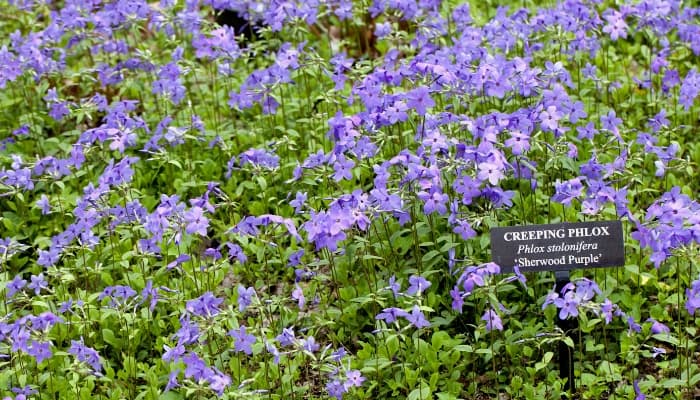If you encounter any difficulties while attempting to rewrite the text, please reply with the following error message: Unable to process the request due to encountered difficulties. To effectively address spots on hydrangea leaves, it is recommended to carefully remove any severely damaged leaves using sanitized pruners and then apply a copper-based fungicide to any …
Andrew Zubek
Trap cropping is a method used to divert or sway harmful pests to feed on one particular plant instead of another, similar to using a fake target to deceive them. In many cases, a trap crop is another vegetable or flower that simply attracts the insects away from the main crop the gardener wants to …
A plant called the black-eyed Susan vine, scientifically known as Thunbergia alata, flourishes in a mild environment with ample sunlight. It serves as a lovely hanging plant or can be trained to climb up a trellis, adding a stunning touch to any garden. Use this vine to create privacy along a fenceline or make it …
If you are familiar with comfrey, you may have seen it growing as a wildflower. However, those who are knowledgeable about plants also recognize its reputation as an effective remedy for minor health issues. While there is no proof it can help the human body heal, there is evidence that it makes a good fertilizer …
You may think hellebores are a singular type of flower, but in reality, they encompass several species that fall under the Ranunculaceae family. The Helleborus genus consists of flowers that are white, green, pink, red, or multi-colored, so there is surely a color that will compliment your landscape! Make sure you understand how to care …
The Mandevilla genus is made up of different species that have either climbing or bushy characteristics, and are easily recognizable for their vibrant trumpet-shaped flowers. Sometimes, even when your Mandevilla is looking healthy, you may begin to notice that it isn’t covered in its usual dazzling display of flowers. Why is my Mandevilla not blooming? …
Often, when planning a garden, one may not consider the harmful effects of certain plants. It is important to note that some seemingly beautiful flowers can actually be toxic. It may be best to avoid planting gladiolus varieties if you have overly curious house pets or young kids. Are gladiolus poisonous to dogs? The bulb, …
Creating a garden that blossoms throughout the year requires careful preparation and patience. Gladiolus are a great addition to your garden because they are perennial and have a long blooming season from summer through the frost until they can no longer survive. While gladioli grow in a wide variety of reds, pinks, yellows, purples, greens, …
The Mandevilla genus is recognized for its densely leafed vines that produce trumpet-shaped flowers in shades of pink, red, and white. It is also commonly known as rocktrumpet and grows naturally in subtropical and tropical climates. With its large flowers, you may be asking if it is good at attracting pollinators, more specifically — hummingbirds! …
Creeping phlox can add beautiful bursts of lush greenery and vibrant flowers to your garden, but it has the potential to take over completely. With its spreading habit, it can be great to use for slopes, as an underplanting in your garden, or to cover an unsightly area with ease. Are creeping phlox invasive? Since …

